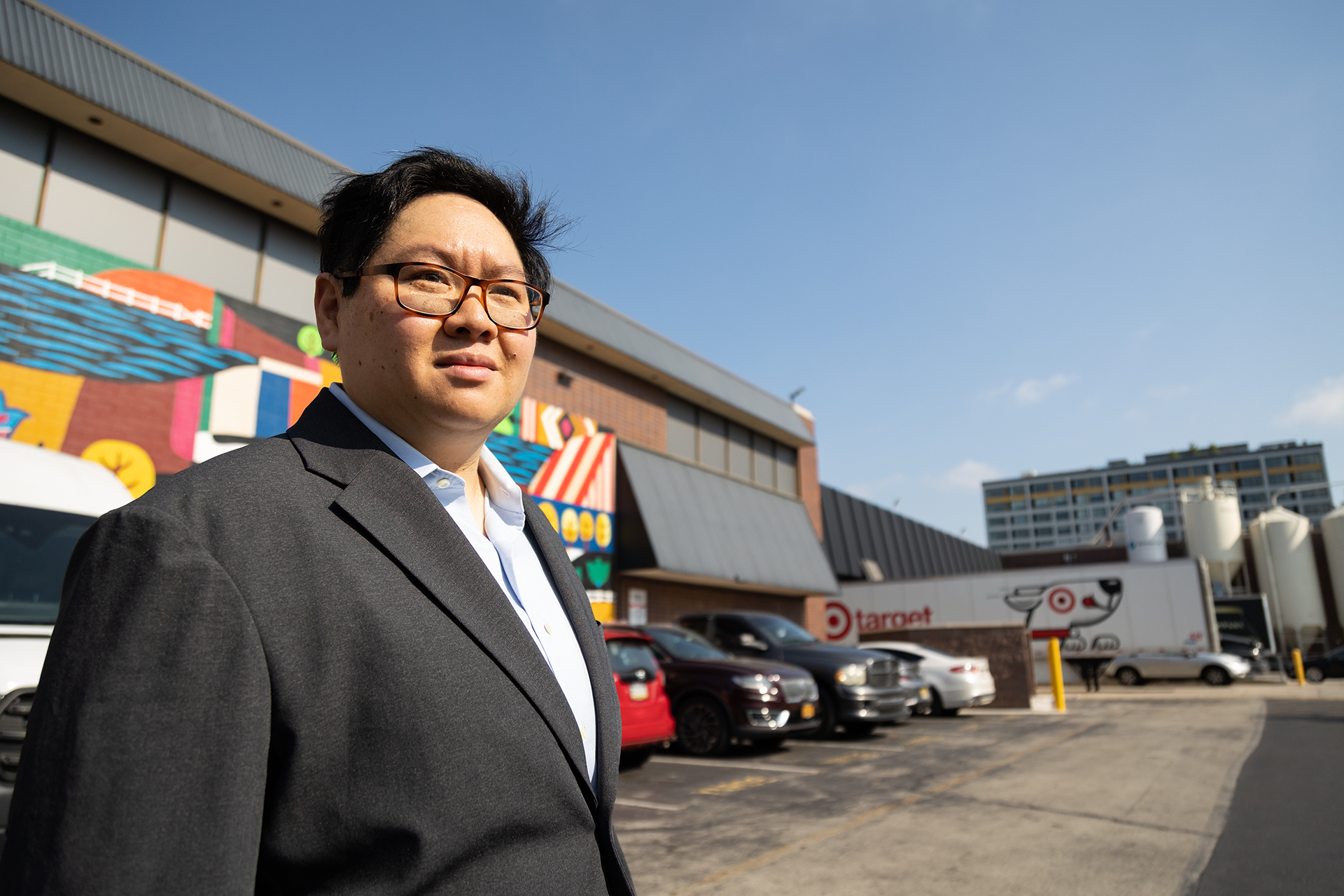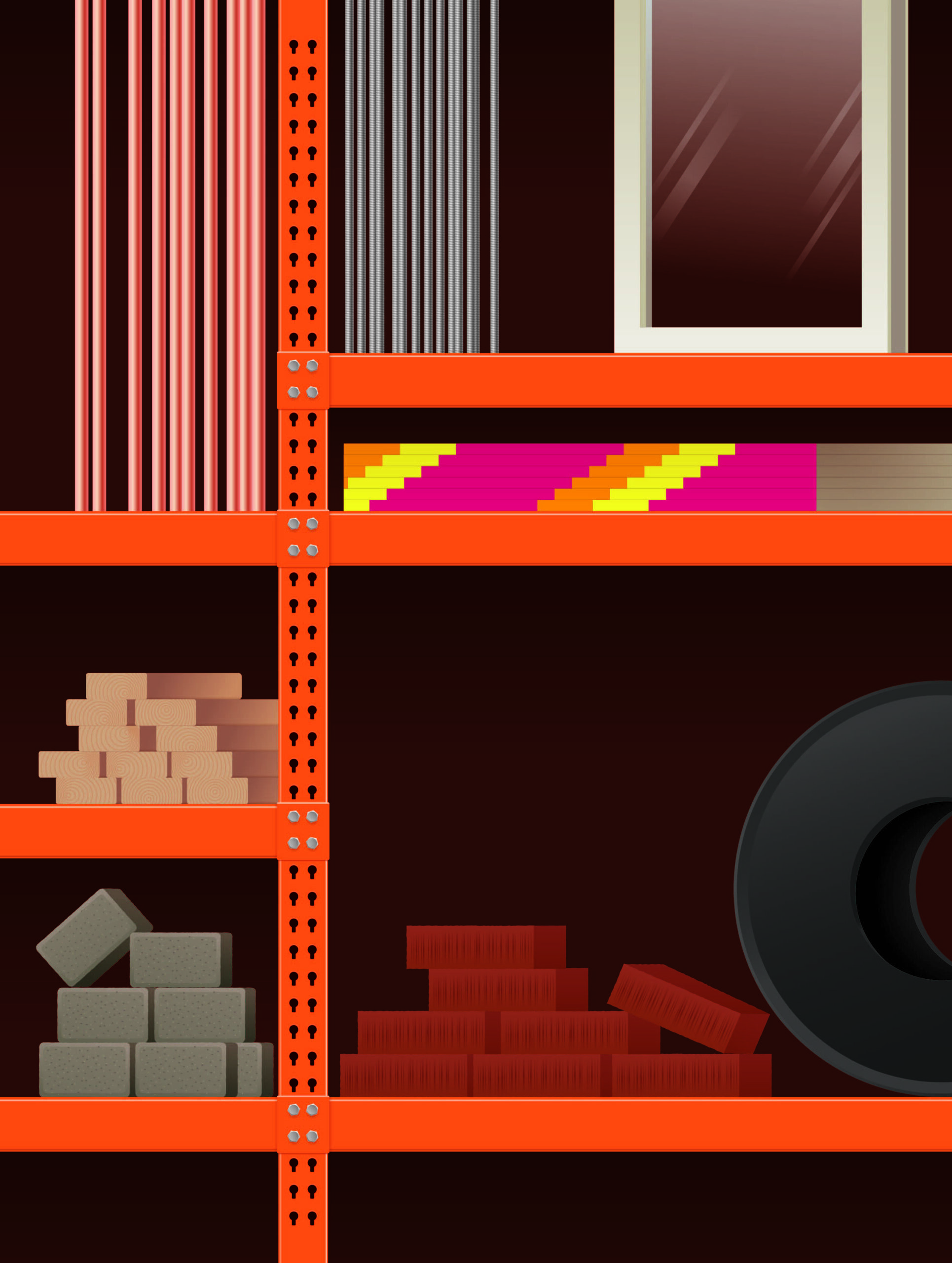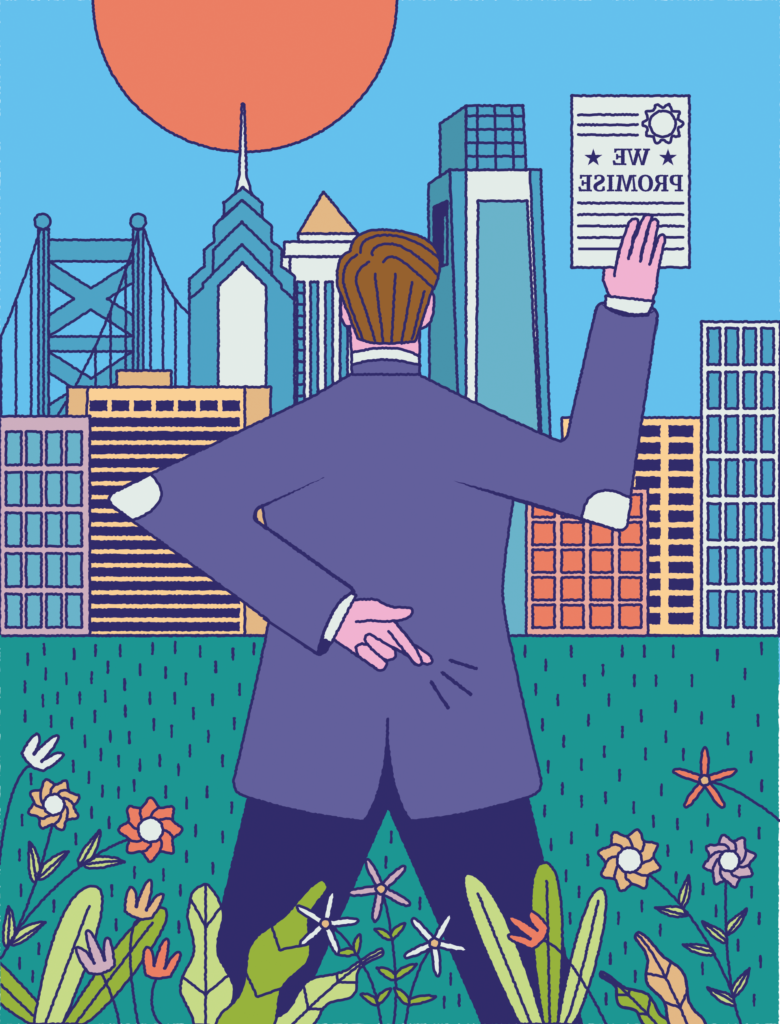When was the last time you got lost in Home Depot, or cursed the amount of time it took to walk from one side of Walmart to the other as you checked off the items on your shopping list? The term “big box” captures their shape, but possibly understates their scale. A Walmart Supercenter and its parking lot take up 13 acres (about 10 football fields); a Cabela’s can stretch over 40 acres.
The stores themselves are massive — and they are fed by much larger supply networks whose environmental impacts stretch around the globe. In “Big Box USA: The Environmental Impact of America’s Biggest Retail Stores,” Sherri Sheu, an environmental historian at the Science History Institute, with co-editors Bart Elmore and Rachel S. Gross, pulled together essays examining different aspects of how big box stores have reshaped our planet, from the asphalt where you park your car to the factories and fishing fleets on the other side of the planet.
Grid spoke with Sheu next to a Target loading dock. This interview has been edited for length and clarity.
What inspired you and your colleagues to write about the environmental impact of big box stores? As environmental historians, we really were interested in looking at what the environmental impact of this institution is that dramatically reshaped the American landscape since the 1960s and 1970s — to the point where you could go to any small town in the United States and there’s going to be a big box store some place nearby.
We’re interested in the stuff that we can’t see. So something like this truck: what are the logistics that are needed to get a tractor trailer to a store so that all these goods can be distributed out of the truck? What’s being hidden?
Now we’re buying so much online, how will that affect big box stores and their impact? As a historian, I’m always in danger if I try to predict the future. But I think a lot of people enjoy the experience of going in where you can see things and in some ways, it’s actually far more efficient for the shopper than online shopping.
And the other thing we need to keep in mind when we think about e-commerce is the basic structure and bones are really built on the logistics networks that were begun by big box stores.
What should we as shoppers think about when we walk into a big box store like Target? One of the things that people oftentimes focus on is the amount of plastics that people are using for packaging and all the one-time use things. But one of the things that this book tries to do is to say, hey there’s deeper environmental impacts that we as consumers oftentimes don’t think about because they’re just hidden from us.
We have to think more broadly about logistics networks. We have to think more broadly about if you’re going to have a retail distribution center, that’s going to affect those local neighborhoods dramatically. They’re going to be subjected to road noise and pollution since we’re going to have more trucks on the road. If Walmart decides that it wants to get into the sustainable fisheries business, what does that mean for the world’s oceans?
What if we’re going to destroy wetlands to build the store and then have to mitigate the wetlands destruction? How exactly are we mitigating these things?
So what we’d really like is for both consumers and future scholars to take a deeper look into what’s going on whenever they go into a big box store. It’s not just this experience of going in, selecting goods and exiting the store.










